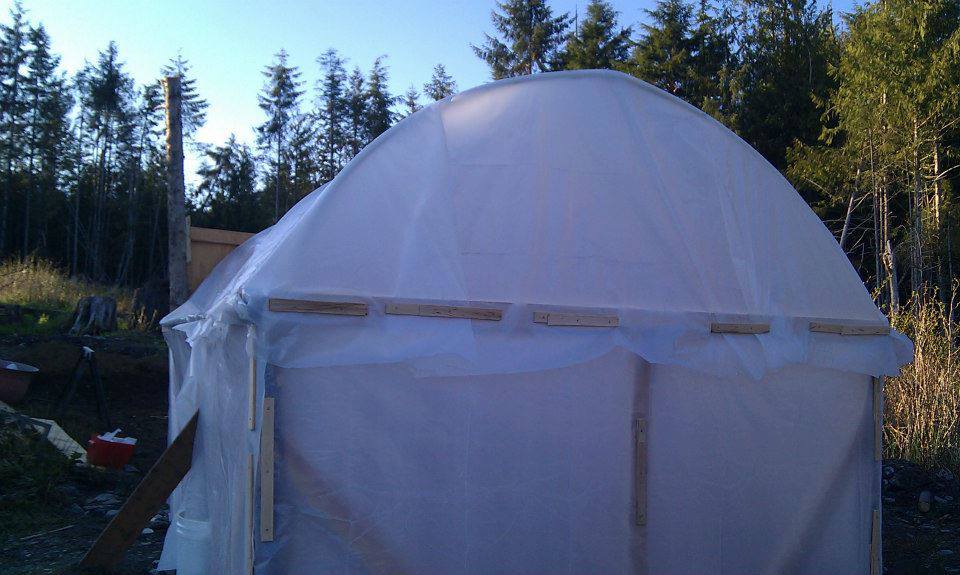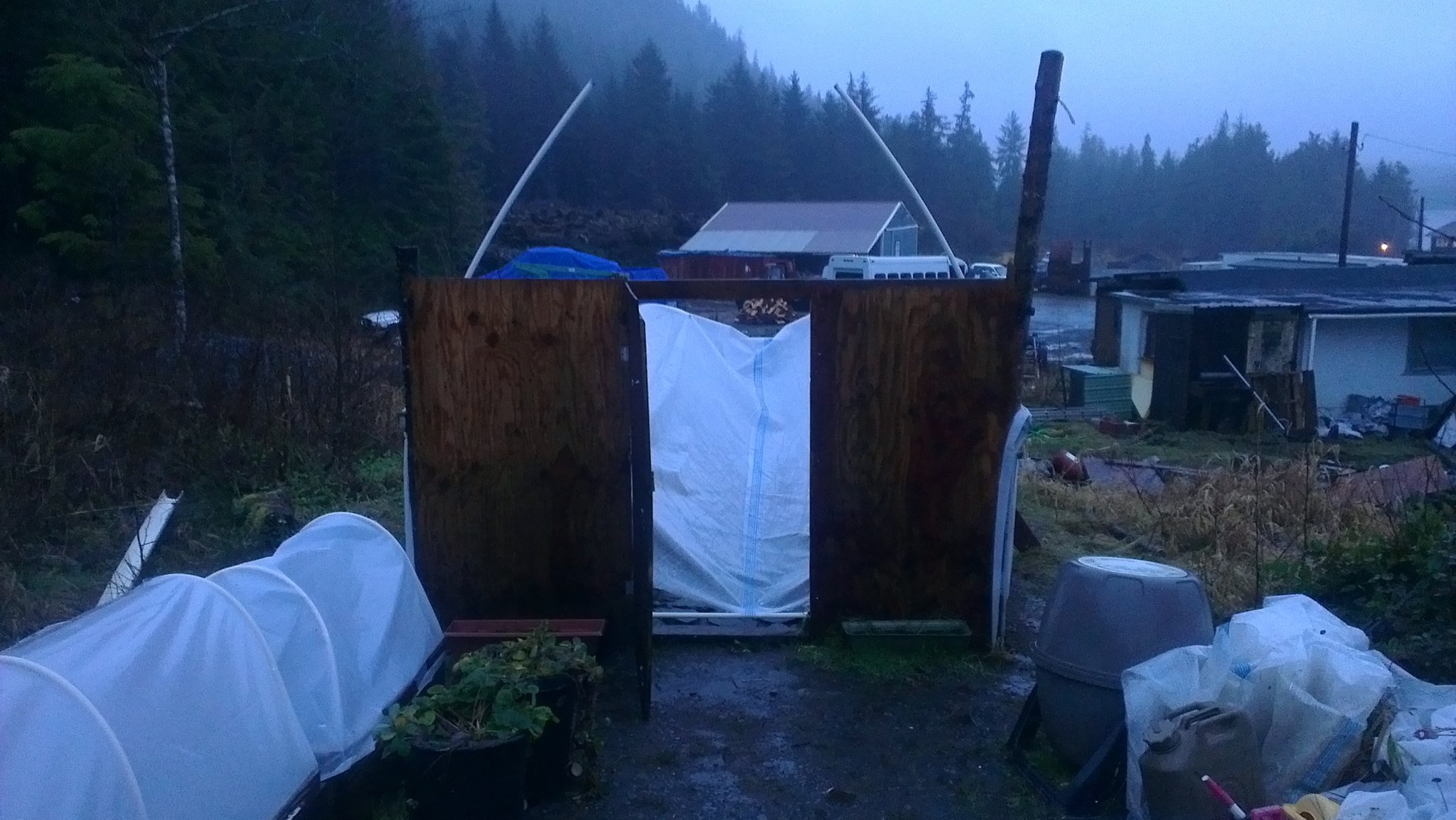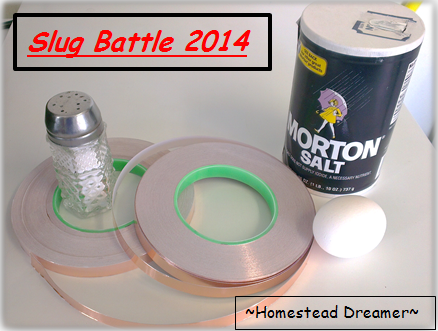Last year my garden was ravaged by slugs. I went out every night with a flashlight and a salt shaker to wage war upon this common pest. Slugs are so prevalent here that during the Blueberry Festival held in August, they have slug races and contests for the biggest slug. Our cool, wet climate is pure heaven for these garden-devouring gastropods and while I always knew we had a healthy population, I learned more than I ever wanted to last gardening season.
Being the utter newbie I was (and pretty much still am), I did not realize just how versatile slugs can be when it comes to gaining access to food. The plastic that covered the greenhouse went all the way down to the ground and was tucked up under the floor poles but apparently not good enough. My first real hint that I had a problem was on my green beans. Huge leaves bigger than my hand with fingers spread open were ruined in a single night. Then it spread to the tomato plants, the carrots and celery. They avoided the onions for the most part but the absolute worst hit was the peas. Oh ye tiny gods they were merciless! Eating the leaves and crawling on the stems at soil level, they worked their way up and it was a non stop battle all summer long. The peas died from the soil level up slowly so I was able to harvest some, but certainly not as much as I wanted!
To battle them, I started with the beer traps that I recalled my mother and grandmother using. I got the cheapest brew I could find and dug holes into the areas hit hardest. It worked to some extent but cleaning out the traps and buying beer all the time was inconvenient and gross. It is also not very sustainable and can get expensive. Using too much salt can ruin your soil. I did not and will not use chemicals in my garden so of course I went researching online for natural alternatives. Other than what I was doing already (night missions armed with my flashlight and trusty salt shaker of doom) the other methods for repelling and getting rid of slugs included:
- Crushed eggs shells. Slugs cannot cross it because it will cut them. This also has the added benefit of adding minerals back into the soil.
- Sand. Same as with crushed egg shells, the sand will be too rough for the slime trail to protect the slug.
- Beer traps. Mentioned above, beer traps lure the slugs away from the plant and toward the yeasty scent of beer. They fall into the cup and die.
- Letting ducks or chickens in. Ducks and chickens reportedly go crazy for slugs. At a certain point though, you really do not want these animals traipsing around your vegetables.
 Copper wire or tape. This one got my attention. Several sources say that using copper wire or better yet, copper tape, will keep the slugs from going past the line. The metal reacts with their slime and they back off.
Copper wire or tape. This one got my attention. Several sources say that using copper wire or better yet, copper tape, will keep the slugs from going past the line. The metal reacts with their slime and they back off.- Sluggo. This is an organic alternative that is safe around household pets but I have not tried it yet!
This year I am going to apply several of these defenses and repellent methods. First will be the copper tape. I am thinking I should have gotten the thicker 2 inch tape instead of the 1/2 inch but I will make due as I got two spools for the cold frames. I will put one strip around about 3-4 inches down from the top of the cold frame lid and another strip 2 inches down from the first. Some reports say that slugs will bridge over the tape and the hope it two strips will help avoid that. I am also going to save the egg shells we get and, after a quick boil to clean them, crush and apply to the soil as a cover.
I also had an idea of taking some kind of glue along the tops of the cold frames, then sprinkling and pressing sand into it. Once it has dried, the sand will stay and still be sticking out with their tiny sharp points that will deter the slugs. I will be sure to do another post on how I have set up my defenses and how Slug Battle 2014 progresses. First though, we need to fix our green house roof. That is the weekend/evening project for the next couple weeks. Keep watching for a post on how it all turns out!






